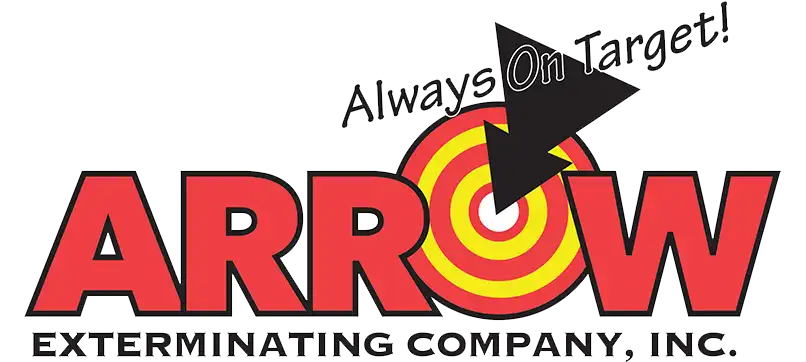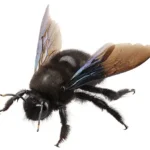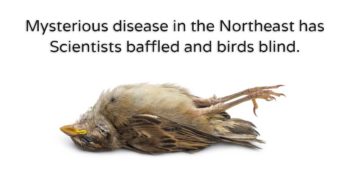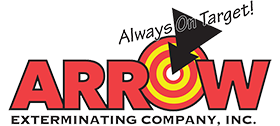
Depending on your location, there are typically 3 species of pest birds which may need to be managed; pigeons, starlings and sparrows. Common problems associated with nuisance birds are droppings, structural damage and noise.
The Problem
Droppings / Structural Damage / Noise
Pigeon, Starling and Sparrow control is important due to the damage and potential disease risks these problem birds often create. For instance, the uric acid in pigeon feces is highly corrosive and can cause extensive damage to metals and other substrates it sits on for long periods. Pigeon droppings stain awnings and car finishes. Debris from flocks of problem birds often build up, backing up gutters and drains which can cause flooding and roof damage.
Nesting materials and other debris has caused failures in machinery, especially rooftop air conditioning units which are a prime nesting spot for pigeons. Other frequent pigeon problems include slip and fall liability from feces or debris, plus an unclean, dirty company image. Without a doubt, pigeons carry human pathogens. A study from the University of Basel in Switzerland identified 60 different microorganisms associated with feral pigeons that were capable of causing human disease. Fungi accounted for the majority of microorganisms with 45 represented, 9 were bacteria, 5 were viruses, and one was a protozoan.
The bacteria, fungal agents and ecto-parasites found in pigeon droppings are responsible for a host of serious diseases, including histoplasmosis, encephalitis, salmonella, meningitis, toxoplasmosis and more. Many companies also retain significant clean-up costs due to the pigeon problems they don’t resolve.
Noise from huge flocks of, for instance, European Starlings can reduce the enjoyment of outdoor recreational activities.
Bird Management Protocols
Federal law does not protect feral pigeons, English Sparrows or European Starlings. A federal permit is not required to manage these unprotected species. There are several general strategies used to manage pest bird species. We refer to them as Sanitation, Exclusion and Trapping.
Sanitation
Locate where the birds are feeding and remove the food source(s). This may not be possible in certain situations. However, if you can remove their food, the birds will relocate to another food resource. Keeping the area free of food spillage and any available refuse / trash bins will discourage the birds from the immediate area.
Exclusion
This method is usually the most effective in keeping birds out of a specific area. Special bird netting is installed to deny birds access. The netting is available in different sizes depending on the bird species to be managed. The proper size net openings is critical to the success of the program. The netting is designed to deny / discourage the specific size bird from entering the protected space. A site inspection and evaluation must be performed to determine what birds are present and what netting to install.
Trapping
If sanitation and / or netting is not possible, trapping would be indicated. Installation of special bird traps requires proper trap sizing, locating and daily re-visits to check the traps. Depending on the bird species, trapped birds can be removed and then released at an appropriate distance from the trapping site.
IPM – Integrated Pest Management
In reality, no single method is completely effective. It is recommended that a combination of sanitation, exclusion and trapping protocols will result in a better outcome for the program.
Contracting for Pest Bird Management
When considering a pest bird management service, a licensed professional needs to be contacted. These individuals have the special training, tools and equipment to provide effective and humane pest bird abatement services. These are specialists with experience and understanding how best to manage nuisance bird issues. Understanding of pest bird biology and behavior is essential to a successful management program outcome. Bird management must be provided by wildlife experts. They will provide a site inspection, evaluation, program implementation, site monitoring and service.





